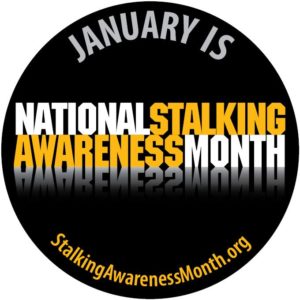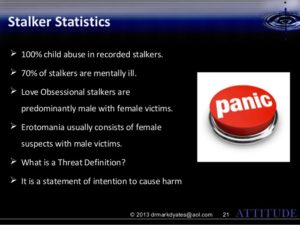Dual and Single parents worry about their kids’ safety constantly. Protect your kids by teaching them about situational awareness and avoiding dangerous situations. From safeguarding your home to equipping your kids with knowledge, you can take steps to keep them safe.
- Safety Tips for Walking to and from School or the Bus Stop
Kids of single parents often walk to the bus stop or school because their parent is working its always better when a second parent is available who can walk with the child. Unfortunately, there are several dangers for kids who walk to and from school or the bus stop alone. In fact, according to Children’s Health, unintentional pedestrian injuries are the fifth leading cause of injury-related death in the U.S. for kids between the ages of five and 19. If your kids are under the age of 11, arrange for a neighbor or older student to walk with them and hold their hand when they cross the street.
Single parents also should model appropriate pedestrian rules for your kids. Teach them to walk on a sidewalk or the left side of the street when there is no sidewalk. Practice looking left, then, right, then left again and to continue looking for cars while crossing streets and crossing in front of buses only when the driver says to do so. Teach them to make eye contact with drivers before crossing and to rely on crossing guards for help.
- Stranger Danger and Kidnapping Tips
The walk to and from school also puts your kids at risk of kidnapping. Be sure to teach them about stranger danger and remind them that most kidnappers don’t look scary. Some have puppies or kittens with them, and some have ice cream or candy.
Make sure your kids know that anyone could harm them, even people who seem nice or who look like helpers. Reassure them that kidnappings are rare, but that not all kidnappers look dangerous or scary. Work with them to observe people and be prepared for someone to approach them. Instruct them to scream for help, fight back, and escape by any means possible should someone grab them.
- Home Safety Tips
Whether your kids are home alone frequently or not, teach them about home safety. Parents understand the importance of baby-proofing when their children are young, and you need to keep safety in mind as your kids age. Keep medications and cleaning supplies in secure areas. Store unloaded guns in a safe and store ammunition in a separate, secure location. Teach older kids how to safely use appliances and knives. Remember, common sense home safety for you may not be so common to your kids if you don’t teach them about it.
It’s also important to teach kids the importance of keeping doors and windows locked at all times. One of the best ways to keep your kids and your home safe is to keep it locked. Check your door and window locks and make sure they are in working order. Purchase window locks that secure them when open.
Also, teach your kids to keep your garage doors down and to lock all entryway doors at all times. Of course, teach kids not to open the door to anyone other than a known family member or friend when you are not home.
- Online Safety Tips
According to HomeAdvisor, “Today, parents have a lot more to worry about than fire hazards and strangers coming to the front door. Computers and TV can introduce a number of dangerous elements into the home.” Keeping older kids safe online is a priority for single parents, and hiring a computer professional to ensure your computer has advanced safeguards is one way to put your mind at ease.
It’s also imperative for you to talk to your kids about your expectations for their online behavior and to remind them that strangers lurk online more easily than they do in person. Teach them never to share their personal information, photographs of themselves, or other sensitive information with anyone online.
Teaching your kids to avoid dangerous situations is imperative to their safety. Model safe walking rules and stranger danger tips. Teach them about home safety and don’t assume they know common sense rules. Finally, ensure your kids know how to stay safe online.

